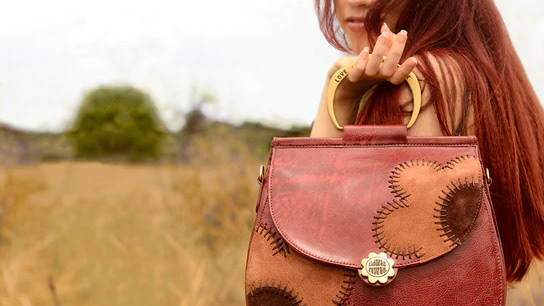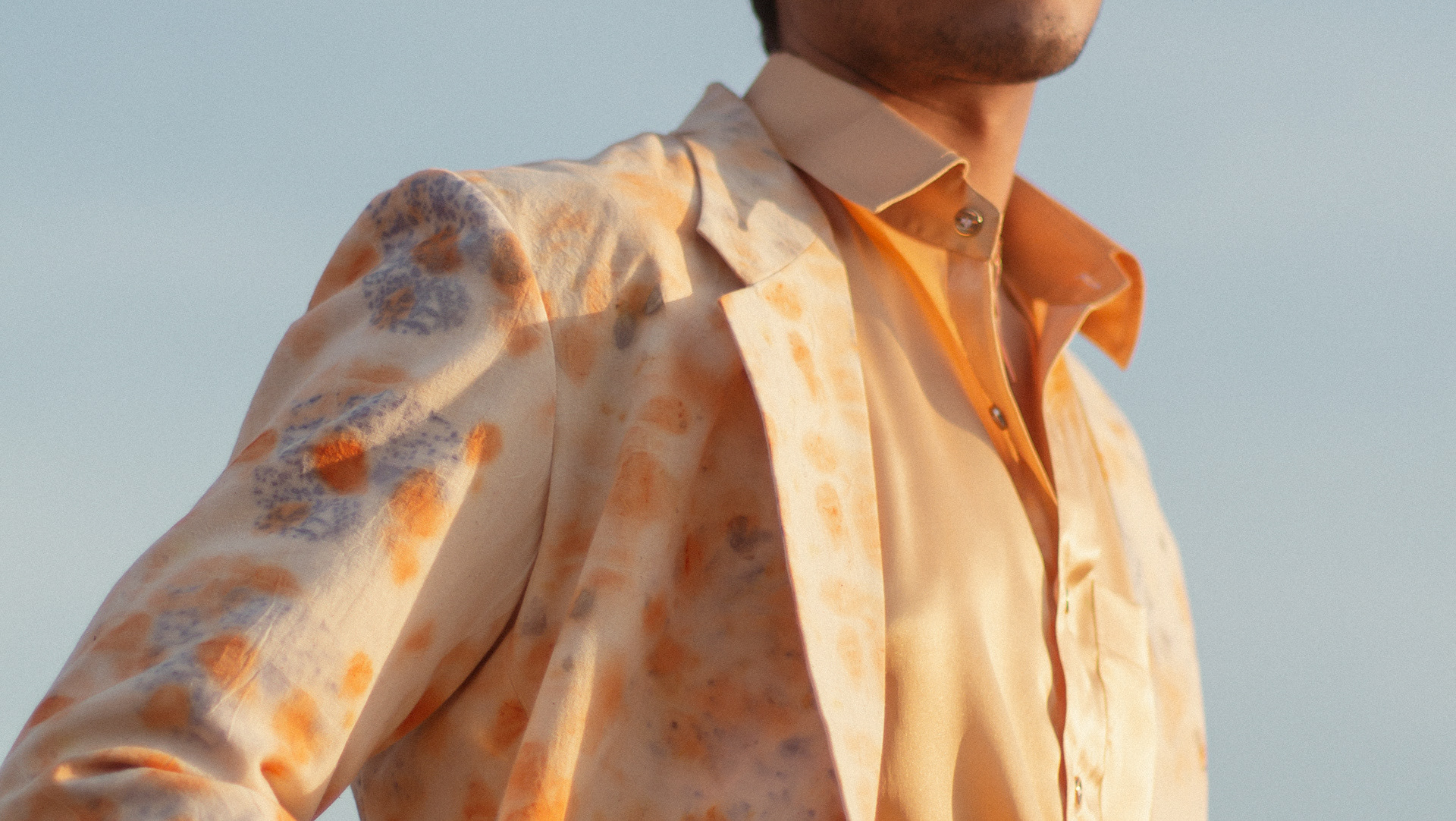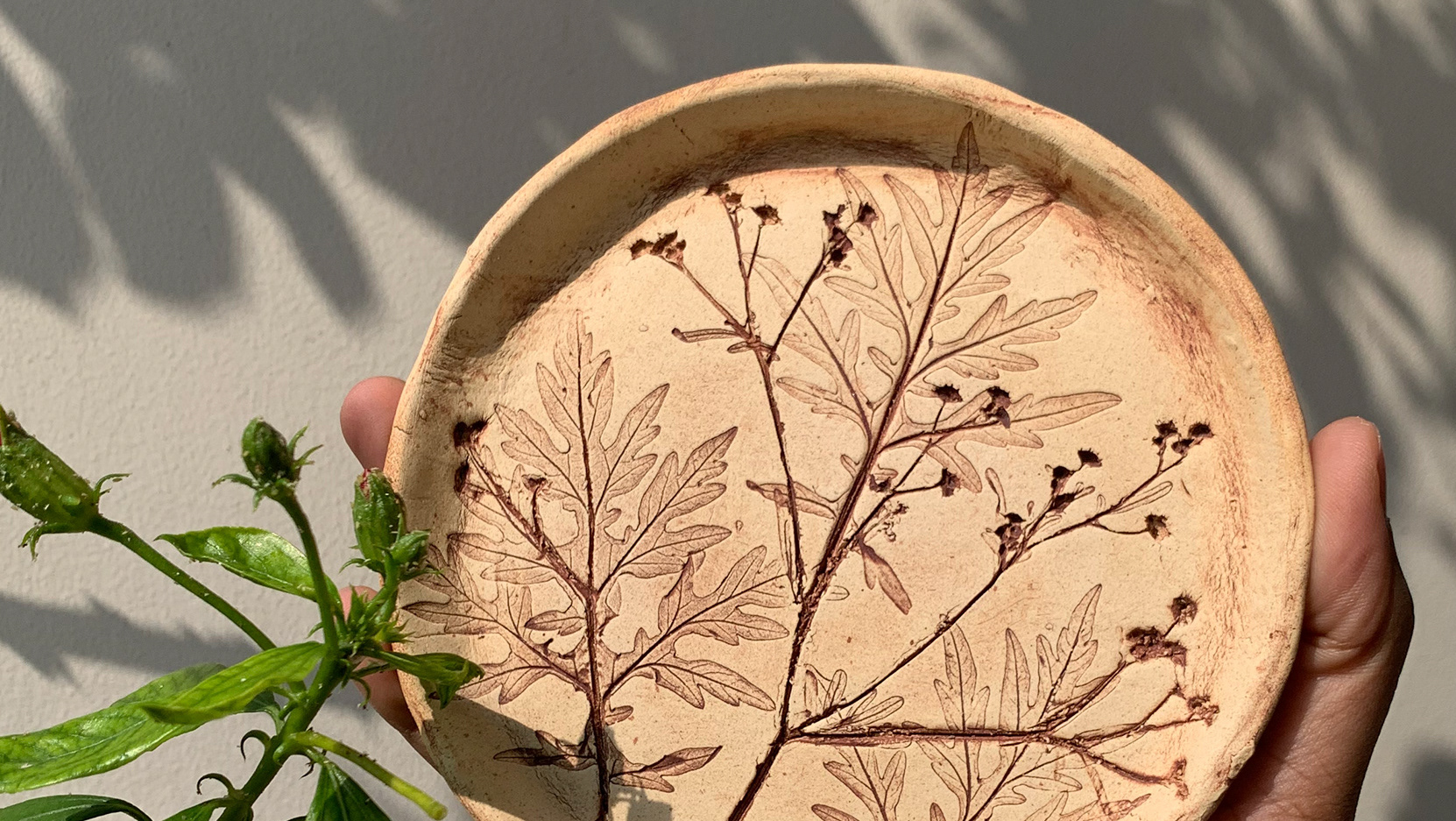Design Project 1 is based on Fabric Construction, and Surface Design. It involves understanding the various stages of design process and developing explorations which reflect design thinking. It was important to be versatile to function in different scales such as craft, small and medium industry, and hi tech and digital industries. The ability to mix media such as embroidery, print, various materials, sewing, knitting, crochet and so on.
The theme for this DP was biomimicry. One of mankind’s biggest mistakes has always been to forget that we are a part of, and not separate from the ecosystem of our planet. The goal was to understand the simplest ways in which Nature solves problems and how it performs functions that we might want to replicate in any product.
Inspiration:
Haworthia Attenuata is a succulent plant native to the Eastern Cape Province of Africa.The species is common in cultivation, and most plants are small (<10cm high). They are most commonly used as house plants as they are brightly coloured and easy to care for. The leaves grow in threes. This is most evident to- wards the center of the plant, and this arrangement is lost among the outer leaves.
The reason I chose this plant (Zebra Cactus) as my inspiration is because of its structure and the var- ious dynamic textures on it. The outer look of the plant evokes a sense of playfulness in my mind, and urges me to just touch the leaves. It is a very fun plant with a gooey gel inside each leaf, which was discovered upon dissection. The splayed out structure of the succulent was very exciting and I felt it had a huge potential to play around with.



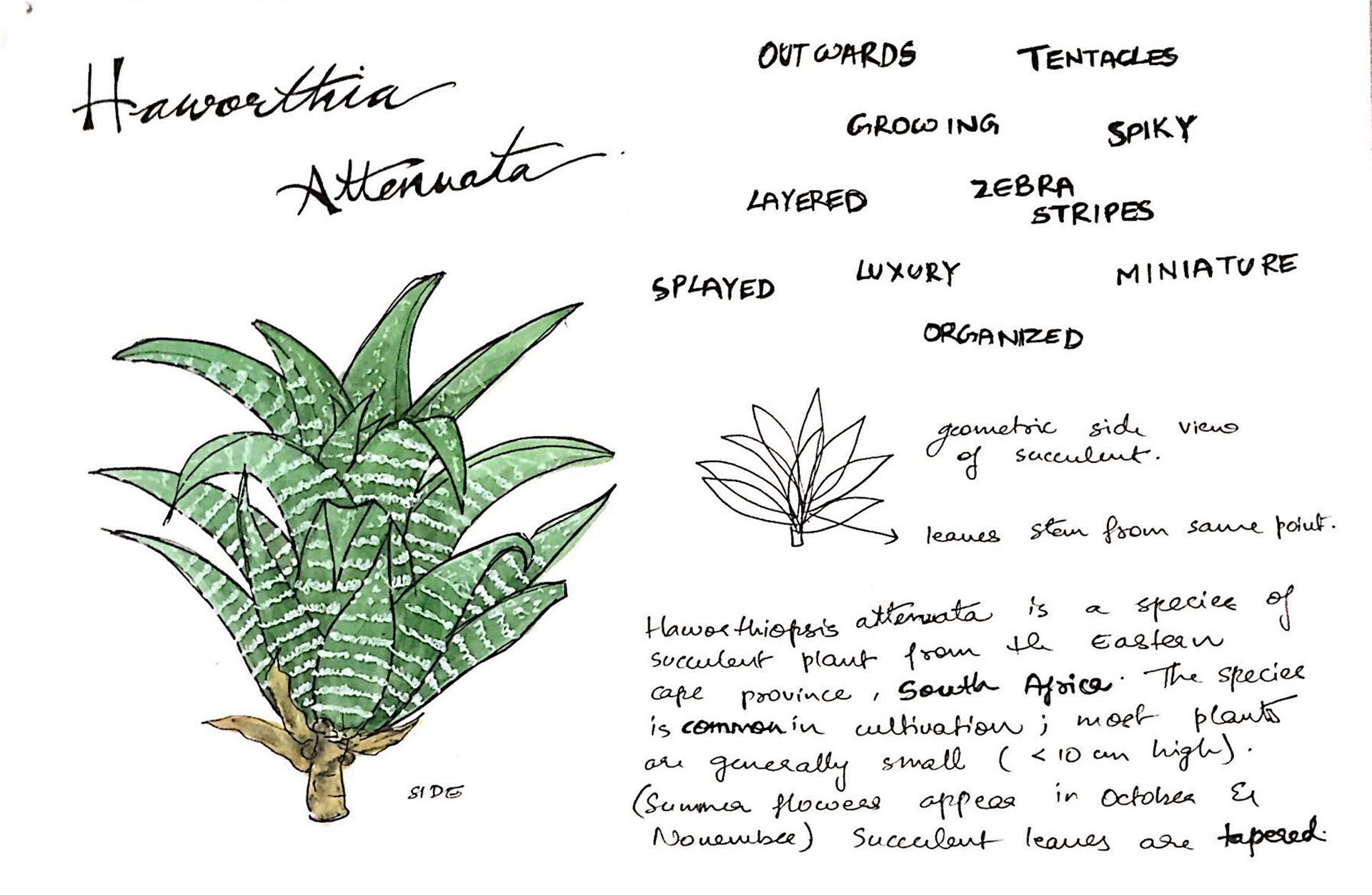
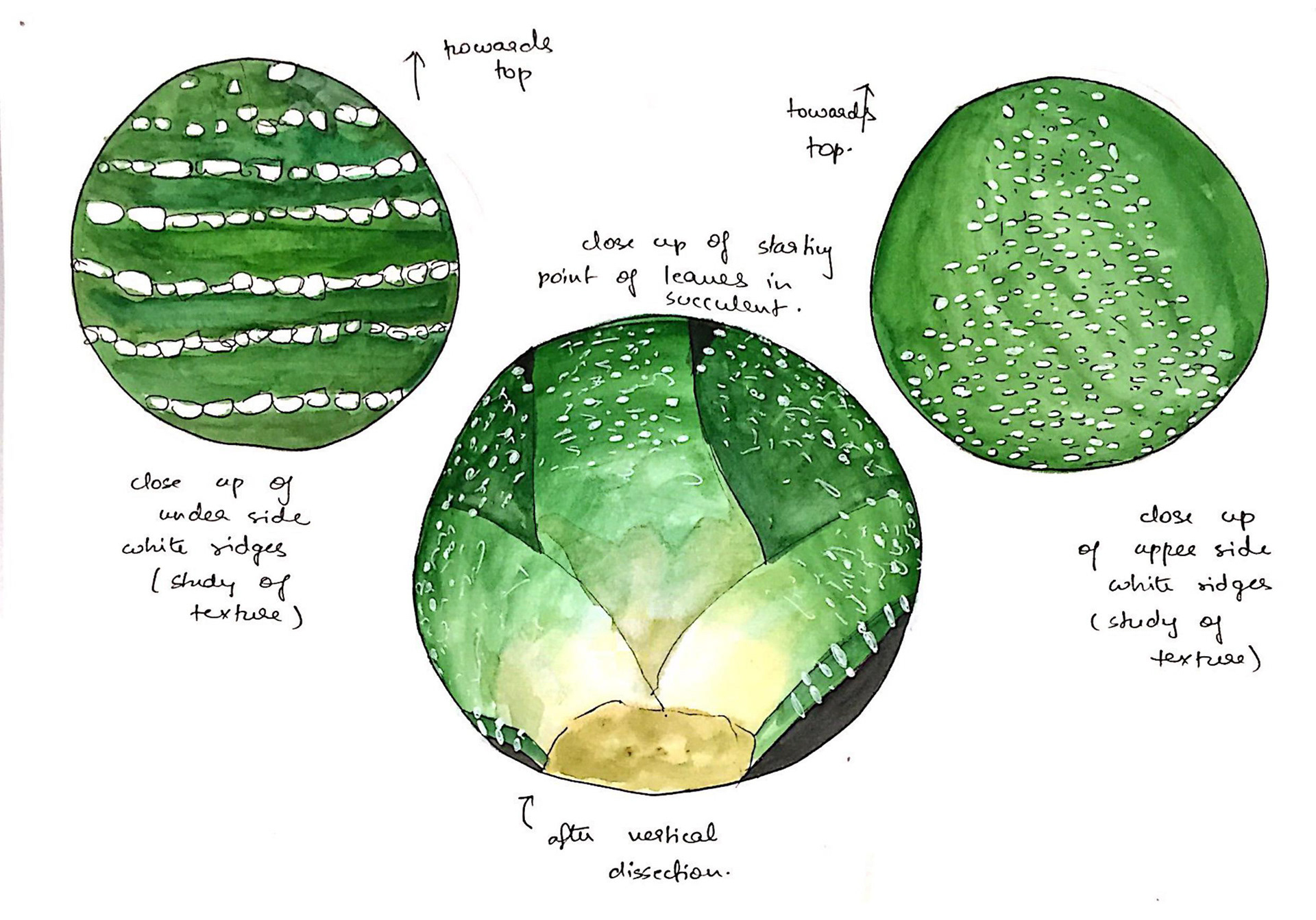


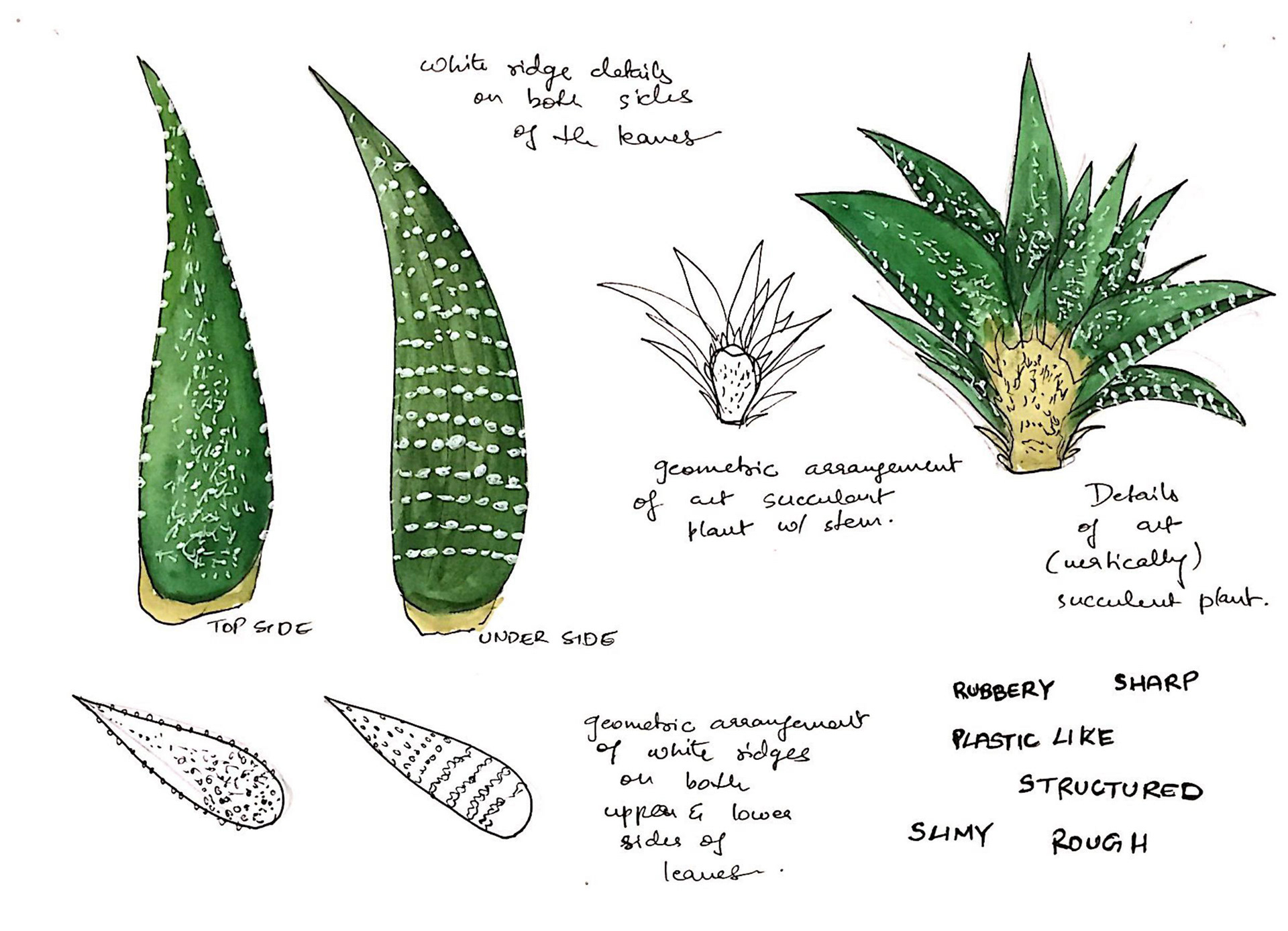
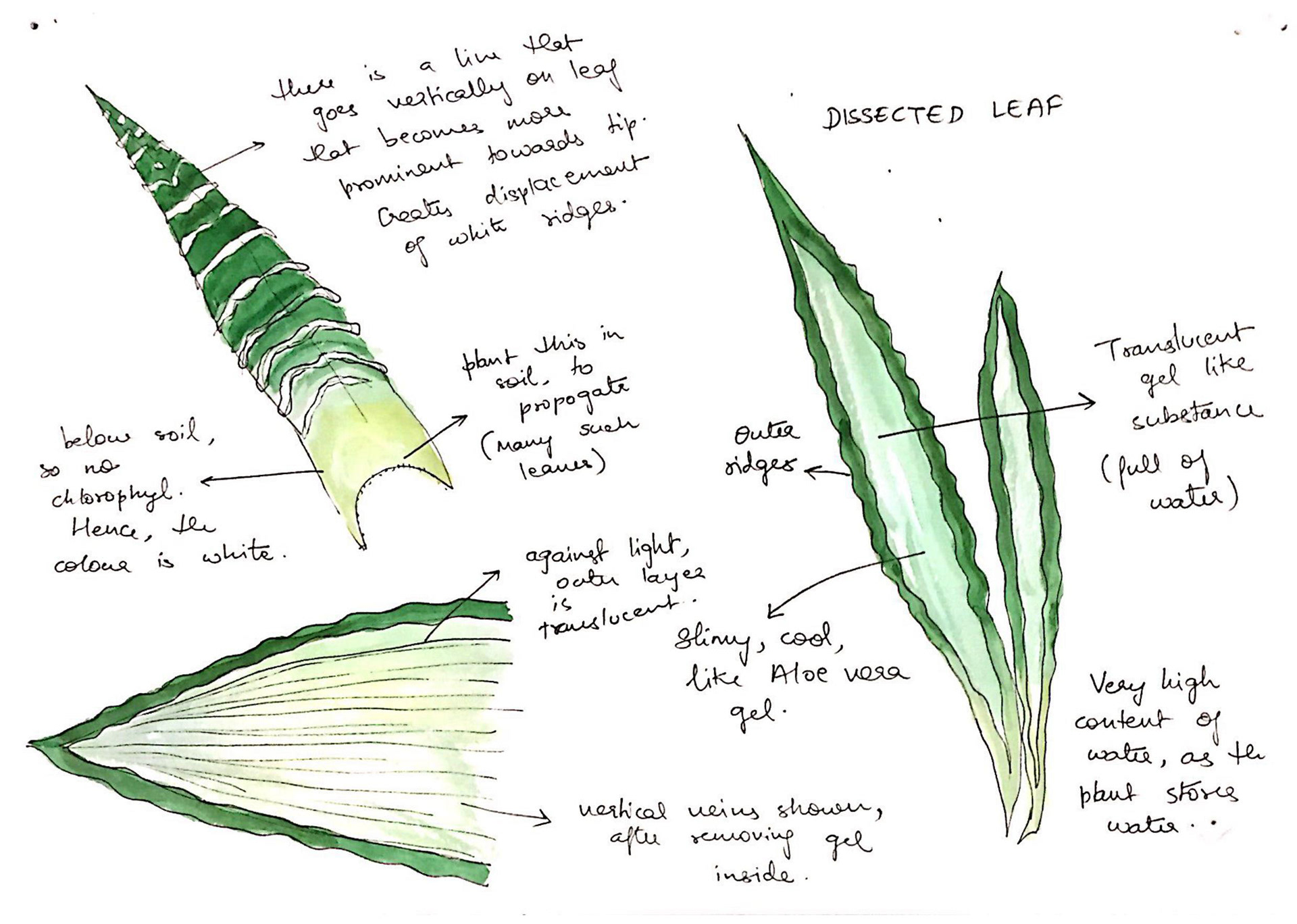
Taking the observations into account, the following paper and textile explorations were made.































One of the most interesting thing about the zebra cactus are the various textures covering it. When I tried to associate a certain function to the properties of the plant and my explorations, the tactility of the above stood out. Some of the ideas that came to me were along the lines of stress relievers and orthopedic functions.
Along with the tactile nature of the explorations, the thin see through layer of green acts like a light diffuser when the white gel is removed from inside the leaf. This also gave way to many possibilities.
After much contemplation, I decided to work further on the tactile elements of the plant, and develop them further. I felt that I could create a whole directory of surface, each evoking a different texture.


















Play is important for learning and development for an infant. Playing with different toys or household objects can have many positive benefits and help stimulate the baby’s development. They look for different textures - smooth, rough, hard or soft - and toys that make noises, like rattles. Books incorporating textures are good, and they can explore the feel of fabrics, feathers, cardboard, or artificial fur. When the baby’s old enough, play with sand, clay, or water can be introduced.
For my final product, I played around with the idea of making a sofa covering with textures, or a rug for babies to play on. I decided to go with the latter, as I felt that it had a greater purpose in making the child more curious and increase their tactile sensitivity. For my final layout, as advised, I tried making the structure more organic, and closer to the plant structure itself. This also allowed me to add more tactile surfaces, and added a playfulness to the product.














At the end of this course, there are many things I have learnt. To begin with, the starting point of trying to figure out what to do was a bit of a struggle for me. To manoeuvre around the vagueness of the project, with the guidance of my faculty was very enlightening. It was very important to always go back to the inspiration, and studying it thoroughly was crucial. Only then, will we be able to create something genuine and useful.
I also learned not to be afraid of scrapping an idea, however attached you are with it. If you get too invested in one particular idea, you will be unable to see something better and more efficient beyond it. I always made this mistake and now, I hope I can let go of things to find something better.
By creating something with your hands, there is a humane touch to the product, and a lot of thought goes into making it. I wanted my product to have a purpose, however small the purpose is. Despite the difficulties faced during the span of the course, a product emerged. I wish I could’ve done any more explorations, as there are endless ideas, each that stems from a previous idea. I enjoyed this course immensely, and had a lot of fun playing around and exploring anything and every- thing that came to my mind.
My biggest take away from the course was the importance of the process itself. A good outcome will only come after working of the many iterations and prototypes, until one is sure that there is nothing that can be bettered in a certain timeframe.

